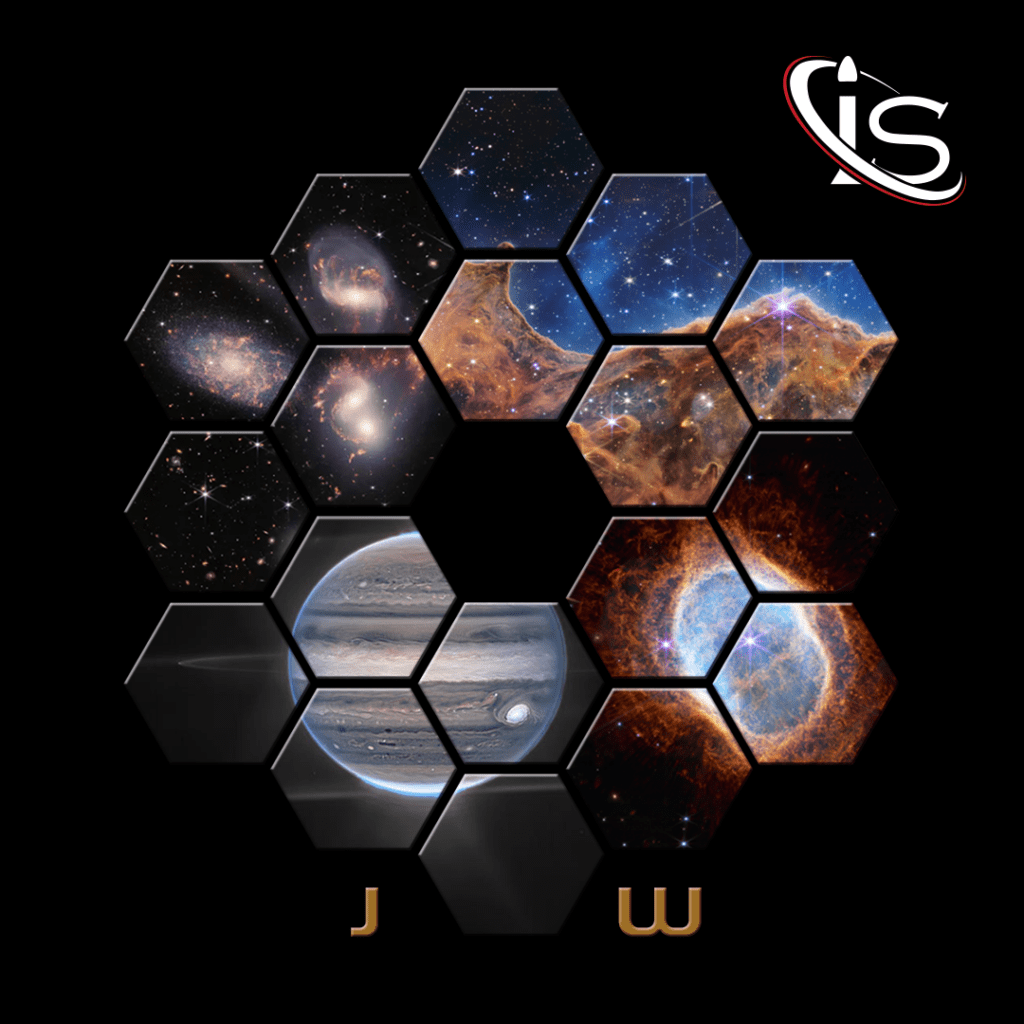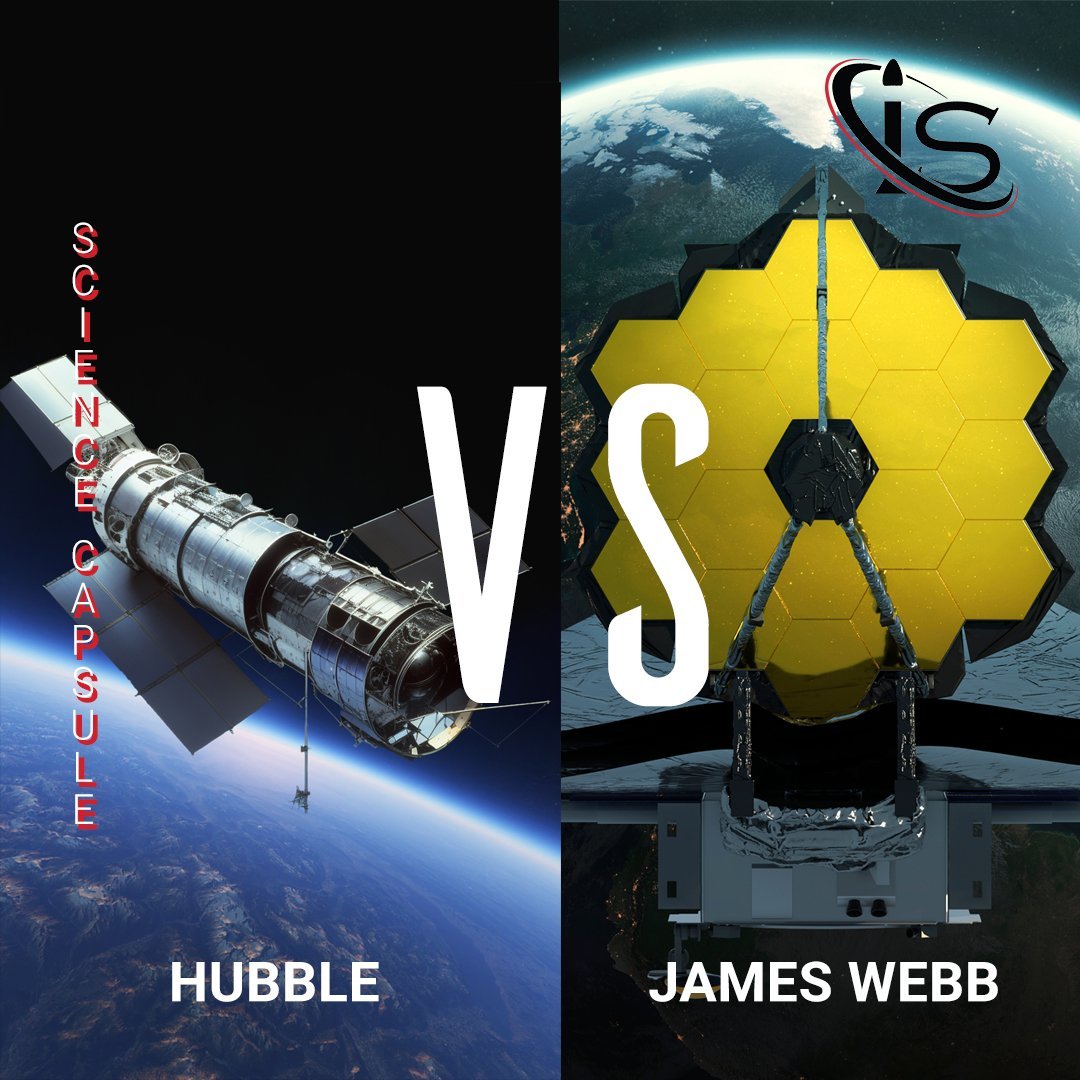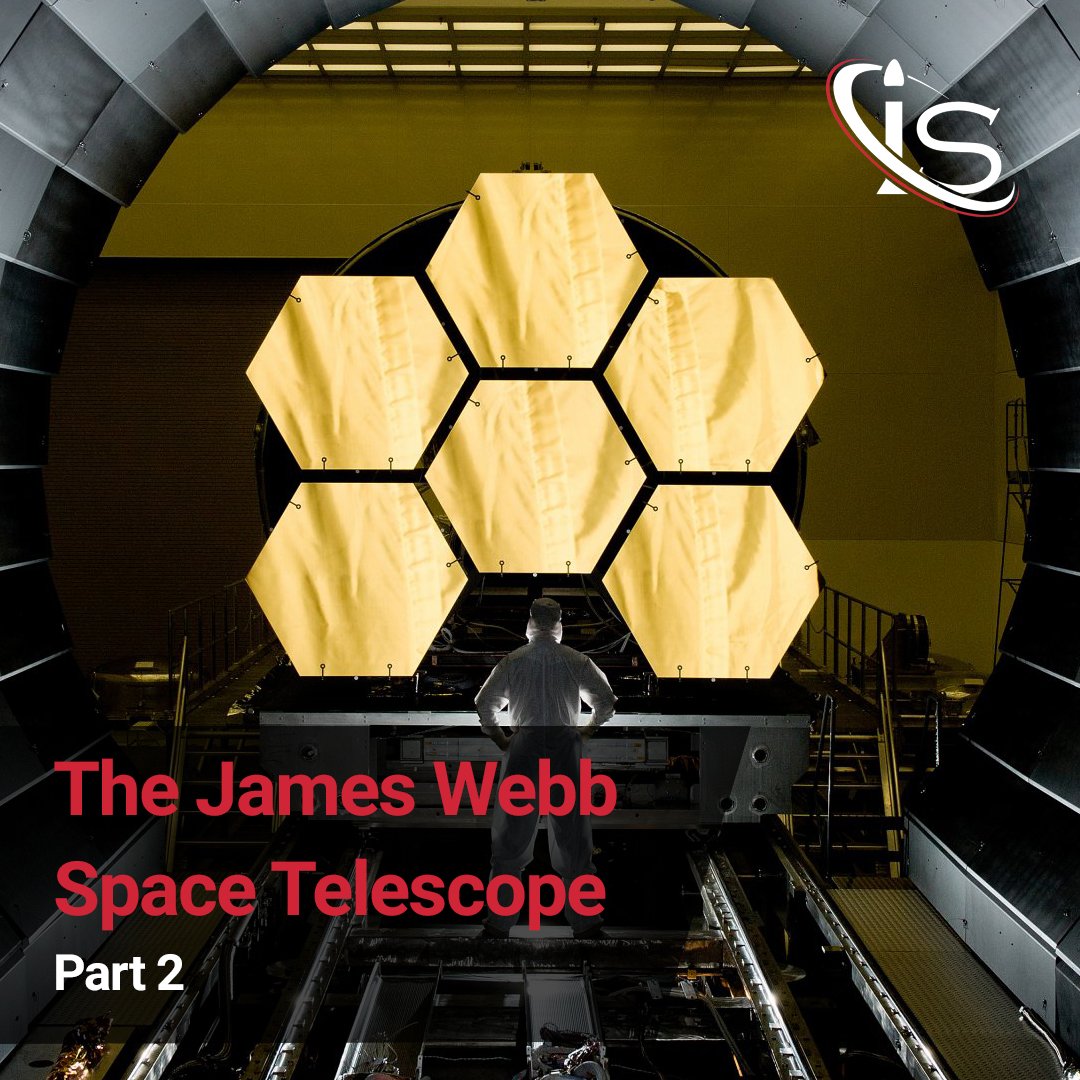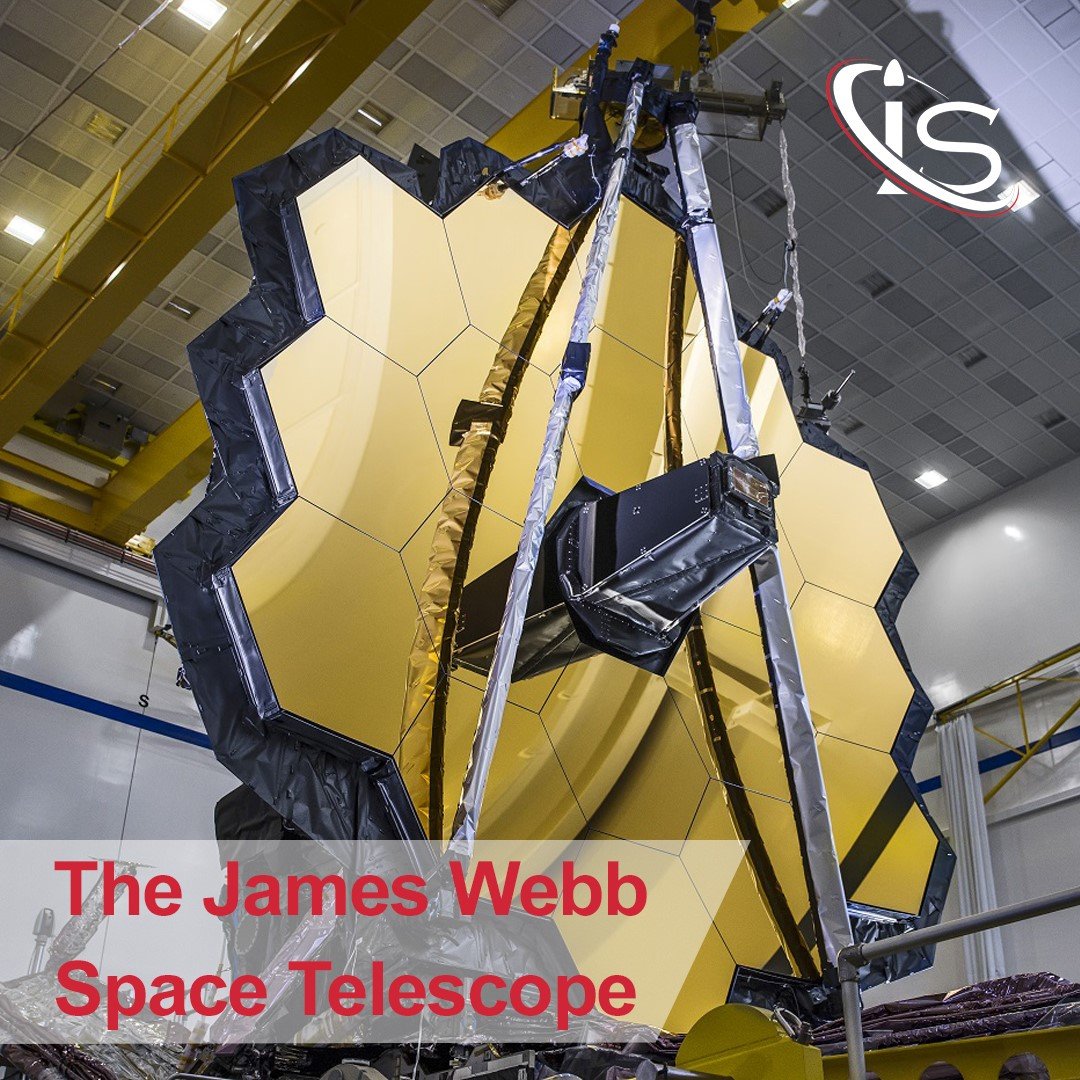In a previous science capsule, aptly named The James Webb Space Telescope (very creative I know), we discussed how this new, extremely advanced machine came to be. And so, it is now time to see what the “Hubble successor” has accomplished so far.
First Galaxies and Where to Find Them
One of the main goals of the James Webb Telescope is its mission to detect some of the oldest galaxies and stars. In fact, this is one of the many reasons why the telescope is equipped to primarily detect infrared light. A couple months into its mission and it is safe to say that the telescope is accomplishing this endeavor. Or, at the very least, it is undeniable that the galaxies it observed so far are the furthest we have ever seen. This is due to the aforementioned technology that focuses on detecting infrared frequencies. In the previous capsule on JWST, we discuss in greater detail how this works. However, the short of it is that light from distant celestial objects is redshifted on its way to us. This is due to the one and only Doppler Effect.
Returning to what galaxies Webb has been able to observe and, some, are located 13.5 billion light years away. This means that it took the light from these galaxies 13.5 billion years to get to us! To put this in perspective, the universe itself is “only” around 13.8 billion years old. Therefore, these galaxies would have formed only a couple hundred million years after the Big Bang. This is also what gives them the title of “First Galaxies”. Interestingly enough, however, the images that the telescope has picked up would themselves be 13.5 billion years old. Hence, the galaxies in question would actually be very young ones in the pictures captured by JWST.

James Webb Telescope Helps Shed Light on Star Formation
We have had multiple Science Capsules going over stars. From their life cycles to their end states, to particular stars like the Pulsar, this is not a new topic here at Impulso.space. The main reason for this is that I find stars, and everything related to them, absolutely fascinating. Going beyond that, it is also undeniable that stars are some of the most crucial objects in the whole Universe. After all, without the Sun there would be no life on Earth. And without stars, in general, there would be no fusion of lighter elements into heavier ones. Their importance has led scientists to study them at length. This, eventually, led to the understanding that we have of them currently. What is perhaps surprising, then, is how much we still do not fully understand.
This is where the Webb Telescope comes into play, once again. Thanks to its images of a relatively close nebula (a cluster of stars) more and more is being learned about how stars form. So, what exactly is this nebula? Let’s take a closer look.
The Tarantula Nebula
Already, with an eye-catching name like Tarantula Nebula, the prerequisites are all there for a very special phenomenon. The name only has to do with the appearance of this nebula. Its shape resembles the burrow of a tarantula spider lined with silk and all. What is really noteworthy about this celestial body is the rate at which new stars are born inside it.
Another Cosmic Noon
The term Cosmic Noon refers to a period of time, approximately a few billion years after the Big Bang, when the rate of star formation was at its highest. Most galaxies, nowadays, do not exhibit anything close to the dizzying pace at which stars were born during this period. However, the Tarantula Nebula is one of the few exceptions. Thanks to this, scientists will be able to observe the rate of star formation in this cluster and compare it to that during the original Cosmic Noon. And this is where the Webb Telescope is again necessary. After all, it is its images of the early universe that will be used to analyze this early era of star formation.
And this is not even the only noteworthy aspect of the Tarantula Nebula.
The Birth of a Star
Given the fast rate at which new stars are born in the Tarantula Nebula, it is not too surprising that there is a young star that is currently emerging from its dust cloud. While scientists already knew the general process of how protostars turn into stars, seeing it actually happen can give us a lot of new information. Once again, the unique technology on the Webb Telescope is to thank for this opportunity. Before observing this young star with high-resolution infrared equipment, we believed it to be further along its life cycle than it actually was. However, thanks to the way these protostars show up in infrared wavelengths, we now know that this particular star has only just started emerging from its insulating dust cloud.
In general, thanks to the infrared technology, the way we view this nebula has completely changed. Hot stars will appear as faded, while protostars that are still gaining mass will show up as points of light. Furthermore, while shorter wavelengths of light will be scattered by the dust cloud, longer infrared wavelengths will be able to reach all the way to the telescope. This is yet another advantage of detecting light in this range.
Carbon Dioxide Detected Outside the Solar System
Another major objective of the James Webb Space Telescope is to learn more about the origins of exoplanets and, even, life itself. And so far, the telescope has already started working towards these goals by detecting carbon dioxide in a planet outside the Solar System. The planet in question, WASP-39 b (I hate the name purely because of its bug homonym) is a giant planet at a distance of 700 light years. It is a gas planet with a quarter of the size of Jupiter, but 1.3 times its diameter.
Part of the reason for this is how close it is to the star it orbits compared to the Solar System’s gas giant planets. This leads to both an increase in temperatures and decrease in density. It is so close, in fact, that the temperatures hover around 900 degrees Celsius. It also only takes 4 Earth days to complete a full orbit. Previously, this planet had “only” been known for containing water vapor, sodium, and potassium. However, with Webb’s focus on infrared wavelengths, the presence of carbon dioxide has been confirmed as well.
The significance of this discovery goes past the single planet itself. Being able to detect carbon dioxide here bodes well for detecting both it and methane in other exoplanets as well. Therefore, Webb’s objective of determining whether methane is a biosignature or not is already off to a promising start.
The Future of the James Webb Telescope
These observations, while exciting, are still just the tip of the iceberg of what Webb could accomplish by the time its mission is over. Truly, with its incredible new technology, the James Webb Telescope could forever change the way we view the Universe. So I recommend enjoying each and every new discovery this magnificent machine makes along its journey. And, in an effort to help people with that, we at Impulso.space will keep you updated on all the new exciting developments.





